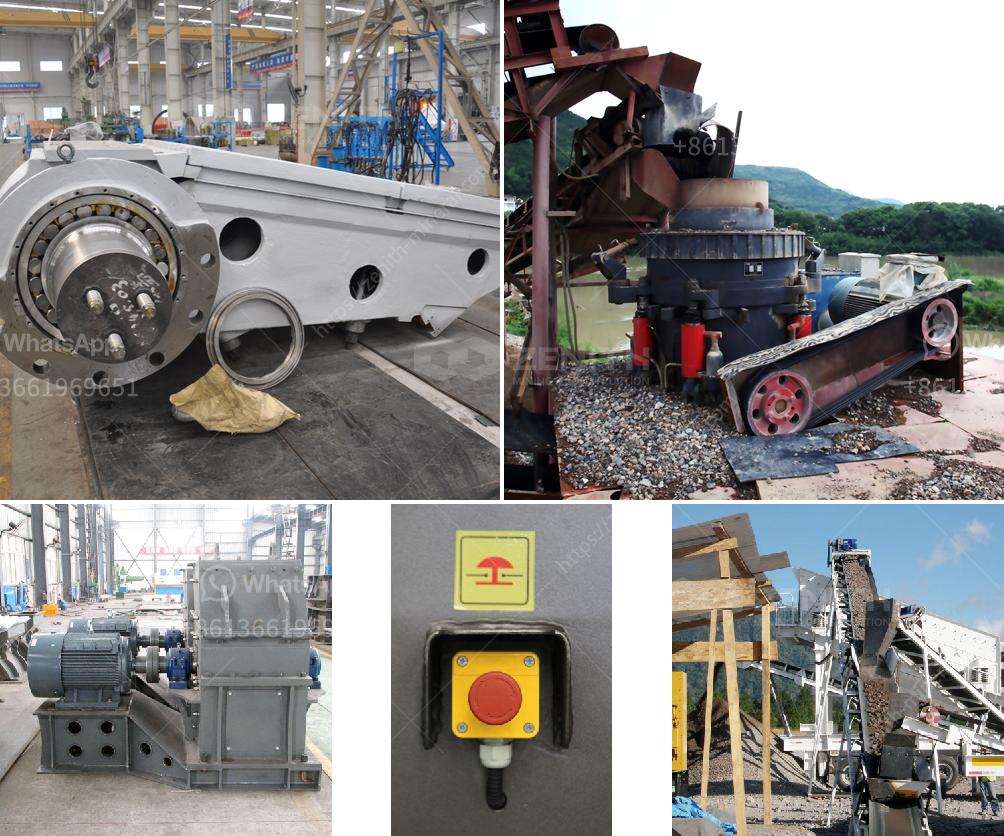Creating artificial sand, also known as manufactured sand or M-sand, involves several steps and processes. This type of sand is typically produced to meet specific requirements for construction and other industrial applications. Here is a detailed explanation of the process:
The first step in making artificial sand is selecting the appropriate raw materials. The most commonly used materials are:
These materials are chosen for their hardness and durability, which are essential for producing high-quality sand.
The selected raw materials are then fed into crushers. There are different types of crushers used in this process, including:
The crushing process involves multiple stages to ensure the material is reduced to the desired size.
After crushing, the material is screened to separate the fine particles from the coarse ones. This is done using vibrating screens with different mesh sizes. The screening process ensures that only particles of the desired size are used to make artificial sand.
The screened material is then washed to remove any impurities such as clay, silt, and dust. This is typically done using a sand washing machine. The washing process helps to improve the quality and purity of the artificial sand.
The washed sand is then graded according to its particle size. This is done using a series of sieves with different mesh sizes. The grading process ensures that the sand meets the specific requirements for its intended use.
In some cases, the sand may need to be dried before it can be used. This is typically done using a rotary dryer. The drying process helps to remove any remaining moisture from the sand.
Throughout the entire process, quality control measures are implemented to ensure that the artificial sand meets the required standards. This includes regular testing of the sand for particle size distribution, shape, and strength.
Once the artificial sand has been produced and meets the required quality standards, it is stored in silos or stockpiles. The sand is then transported to construction sites or other locations where it will be used.
The process of making artificial sand involves selecting the right raw materials, crushing them into smaller pieces, screening and washing the material, grading it according to particle size, and ensuring quality control throughout the process. The final product is a high-quality sand that can be used for various construction and industrial applications.
